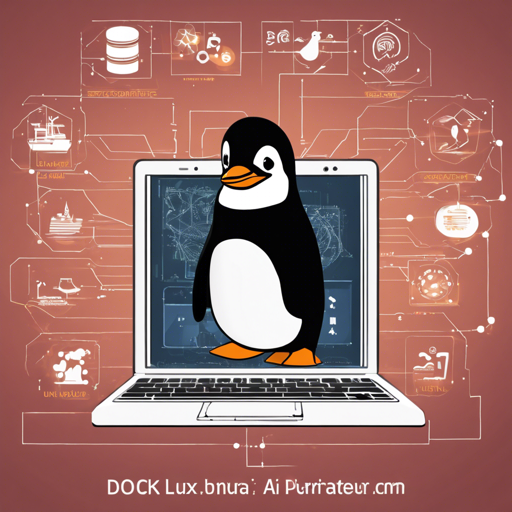Welcome to the world of AI training, where we’ll take you through deploying the Kohya_SS training web UI on Linux using Docker. This blog aims to make the process easy to follow, providing tools and tips to help you along the way!
Prerequisites
Before diving into the setup, ensure you have the following:
- Linux Operating System
- Docker installed
- NVIDIA Docker extensions
1. Download Necessary Resources
Before you compile the image, read the data sections for the wheels and packages. This crucial step will help you avoid compilation failures!
2. Compile Tensorflow and XFormer
This step is optional, but if you want to customize for your architecture, follow these instructions:
- Check out the Stable Diffusion AUTOMATIC1111 P2Enjoy Docker Version.
- Profiles for compiling Tensorflow and XFormer may be found there.
Currently, public instructions are not available, so you can either try your hand at figuring it out or wait for future guidance!
3. Configuring NVIDIA Docker Extensions
This step is mandatory to ensure that your environment can utilize NVIDIA functions.
- Follow the installation details here: NVIDIA Container Toolkit Installation Guide.
4. Allow Docker Hosts Access to X Server (Recommended)
You may need to allow docker hosts to connect with your X server. Here’s how:
bash
xhost local:docker
Note: This method is somewhat unsecure; proceed with caution! You should consider adding specific hosts instead of allowing all.
5. Running the Docker Container
Once you’ve built the container, run it using the following command:
bash
docker compose --profile kohya up --build
Watch for a message notifying you once the build is complete. You’ll know you’re successful when you see a local URL in your console that you can access for the GUI:
bash
kohya-docker-kohya-1 Running on local URL: http://127.0.0.1:7680
Now you’re ready for training on Linux!
Troubleshooting
If you encounter any issues during the setup or execution, here are some common troubleshooting tips:
- Check your Docker installation: Make sure Docker is correctly installed and running.
- Verify NVIDIA Docker: Confirm that the NVIDIA Docker extensions are properly configured by running
nvidia-smi. - Read error messages: Pay close attention to any error messages in the terminal—they often give you clues to what went wrong.
For more insights, updates, or to collaborate on AI development projects, stay connected with fxis.ai.
Final Thoughts
At fxis.ai, we believe that such advancements are crucial for the future of AI, as they enable more comprehensive and effective solutions. Our team is continually exploring new methodologies to push the envelope in artificial intelligence, ensuring that our clients benefit from the latest technological innovations.
Happy Training!
With this guide, you’re well-prepared to start your training adventure using the Kohya_SS Docker on your Linux machine. Jump in, enjoy the process, and make sure you can harness the power of AI effectively!

